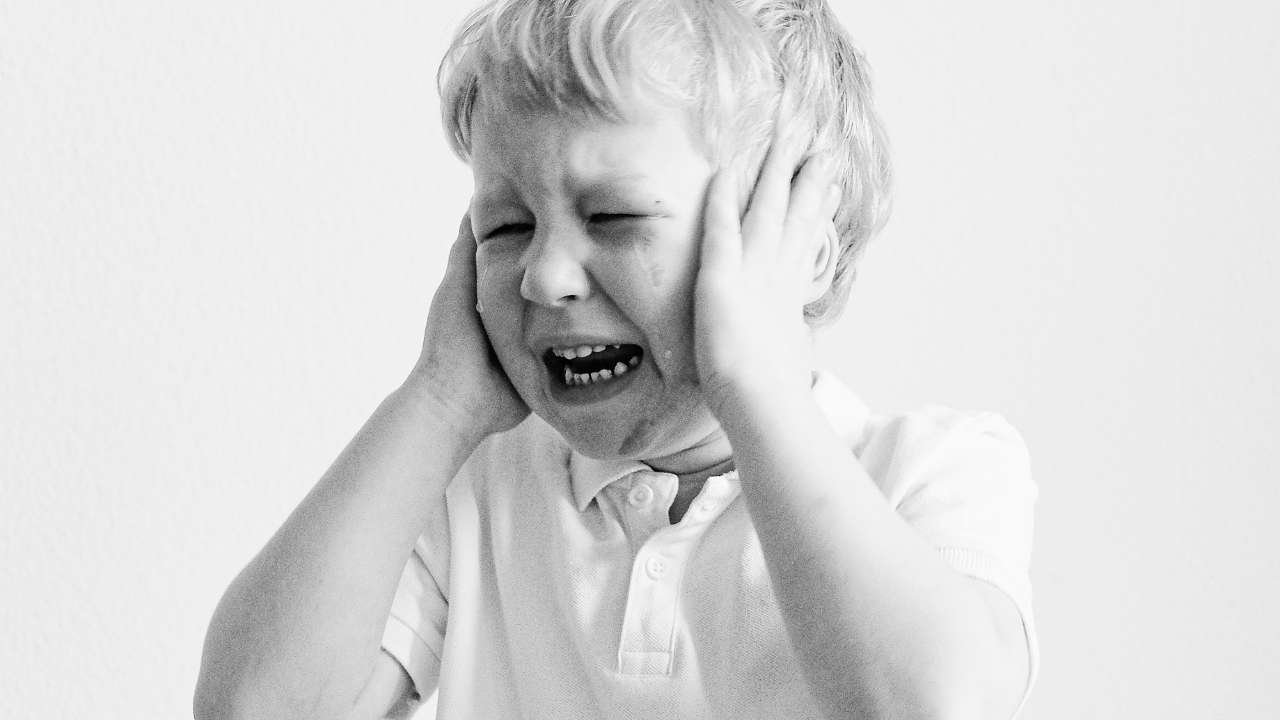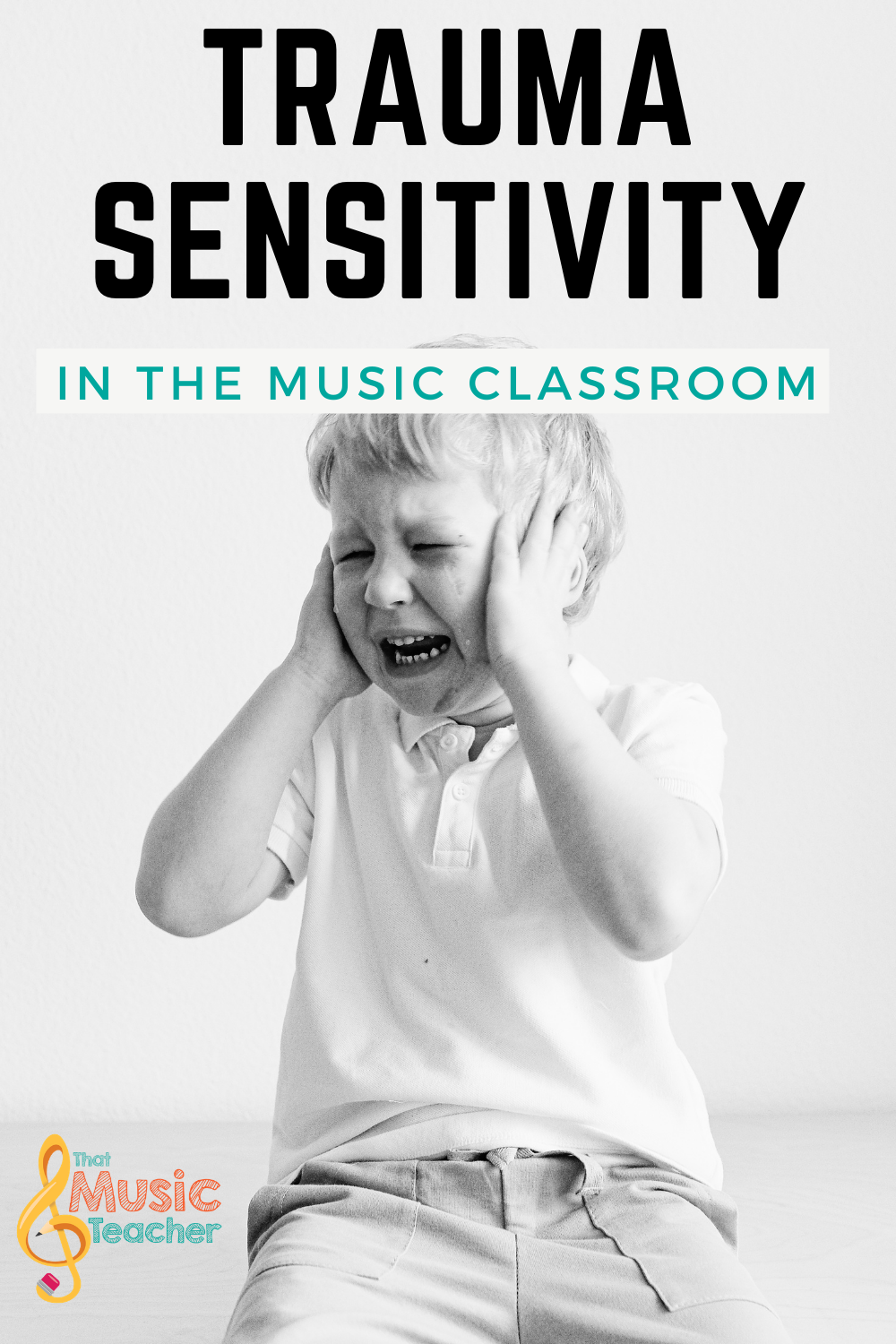
Trauma Sensitivity In The Music Classroom
Mar 11, 2019 Like many music teachers out there, I have many students that walk through my door that have experienced more trauma than any child should ever have to experience. These Adverse Childhood Experiences alter the way our students are able to learn, both on physical and emotional levels.
As I have mentioned previously, I spent my first year out of college outside of the music classroom. I had the wonderful experience to be able to work with students on IEP’s and 504’s as a part of the intervention team at my school. This allowed me to become much more familiar with sensory and emotional differences in my students. When I transitioned into having my own music classroom, I wanted to make sure that I used my experiences to make sure that I set up my classroom to allow for all students to be successful.
This is by no means an exhaustive list of ways to make our classroom accessible to students who have experienced trauma in their lives. This is merely the tip of the iceberg, so-to-speak, of how to make sure that we are setting up all students up for success.
1. Meet Students Where They Are:
I really hope that this is not a novel idea for most of us, as I would argue this is one of the foundations of good teaching. However, this is so important that I had to include this at the top of my list.
Our students all have diverse needs. They all have unique life experiences that shape their proficiency in specific emotional and academic skills. As educators, we must meet our students at the level that they are at in order to allow them to show growth, regardless of the concept or skill. We must meet the needs of our students before we are going to be able to see academic growth.
2. Identify Student Needs:
Ok, we’ve acknowledged that our students have different needs. Now comes the important part: what are the specific needs our your students?
I’m going to be honest: this is not easy, especially as music teachers. We see so many students that it can be hard to identify the needs of each and every one of our students. It would be crazy to ask one person to figure out the diverse and specific needs of hundreds of students. Thankfully you don’t have to do this alone.
It can be incredibly helpful to work with the homeroom teachers and Intervention Specialists in order to help identify the needs in environments that are not the music classroom. This information can often be directly related to their needs in the music classroom. Once we have identified what our students needs are, we can start to apply interventions to (hopefully) meet the needs of that student.

3. Apply Interventions to Meet Student Needs
There are so many ways to apply interventions to help student meet their needs. The best thing is that there are so many supports that we can implement incredibly easily. When used purposefully and appropriately, these supports and interventions can allow students the help they need to be successful. Some supports that I use in my classroom include a variety of fidgets (with a variety of textures and tactile feedback), breaks for students, and rewards.
I use fidgets very carefully because there is often a fine line between when a fidget is helping a student and when it is causing further distractions. I set up clear expectations for students that use my fidgets (use them appropriately, they are there to help you focus, etc.) and hold students to those expectations.
I have some students that really struggle with staying 100% focused on music for the entire music class. Sometimes they physically cannot go all of the way through without being able to take a break. A break doesn’t need to be anything crazy, sometimes it could be as simple as allowing a student to go get a drink in the hallway and come right back. Some students may need a longer break. I have one student that physically needs a little bit longer of a break, so their homeroom teacher will come down and walk with him for a little bit before returning him to class.
4. Increase Attention to Self-Regulation
The last tip I wanted to share today was how I think about self-regulation in the music classroom. I have found that putting a focus on practicing self-regulation (especially at the beginning of the year) pays dividends when it comes to classroom management and student behavior. Additionally, I think that this increased focus allows all students to be able to increase their ability to make emotionally-sound decisions, which ideally helps students in all facets of life.
I firmly believe that the music classroom is for so much more than teaching musical concepts and skills. Music is something that allows students to express emotions that they otherwise may not know how to put into words. Don’t get me wrong, this is not something that is easy. It can take a lot of time to put these systems into place, but I would argue that this is necessary. We owe it to our students to put in the work to set them up for success in and out of the music classroom.

Don't miss a beat!
New moves, motivation, and classes delivered to your inbox.
We hate SPAM. We will never sell your information, for any reason.

